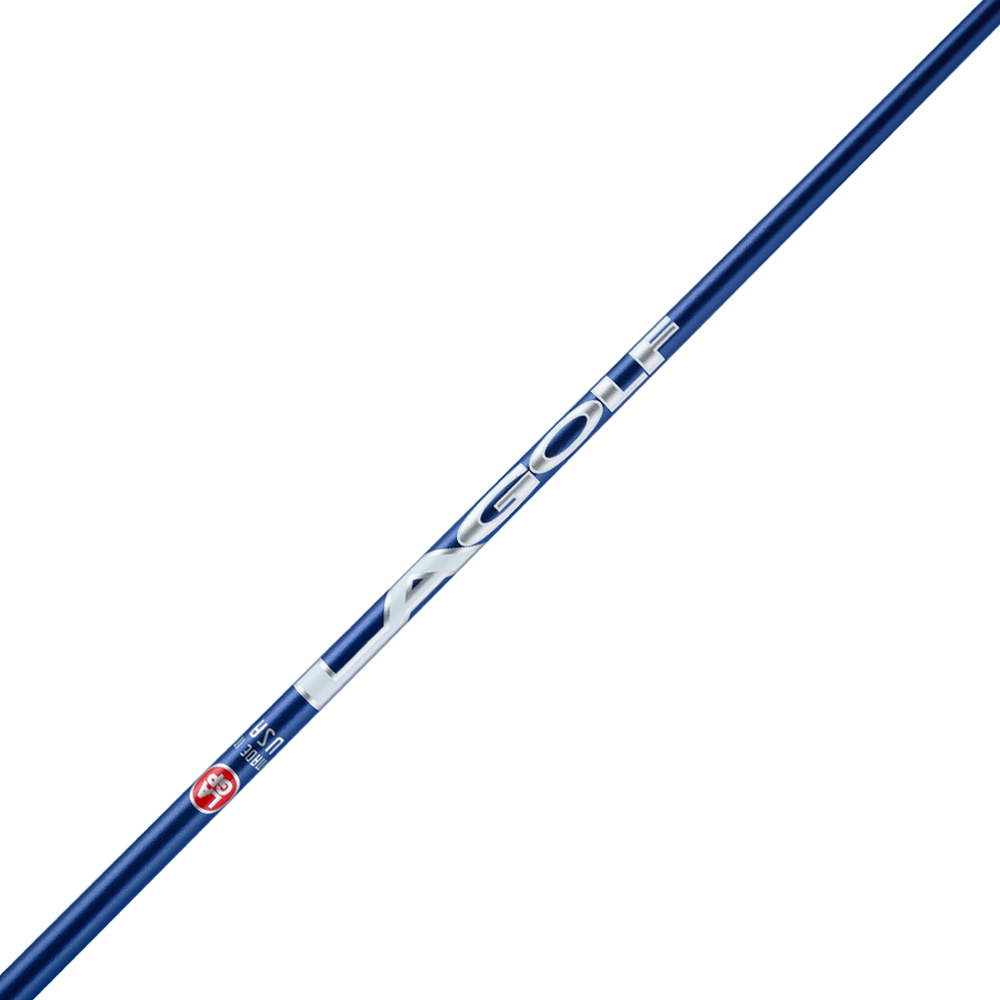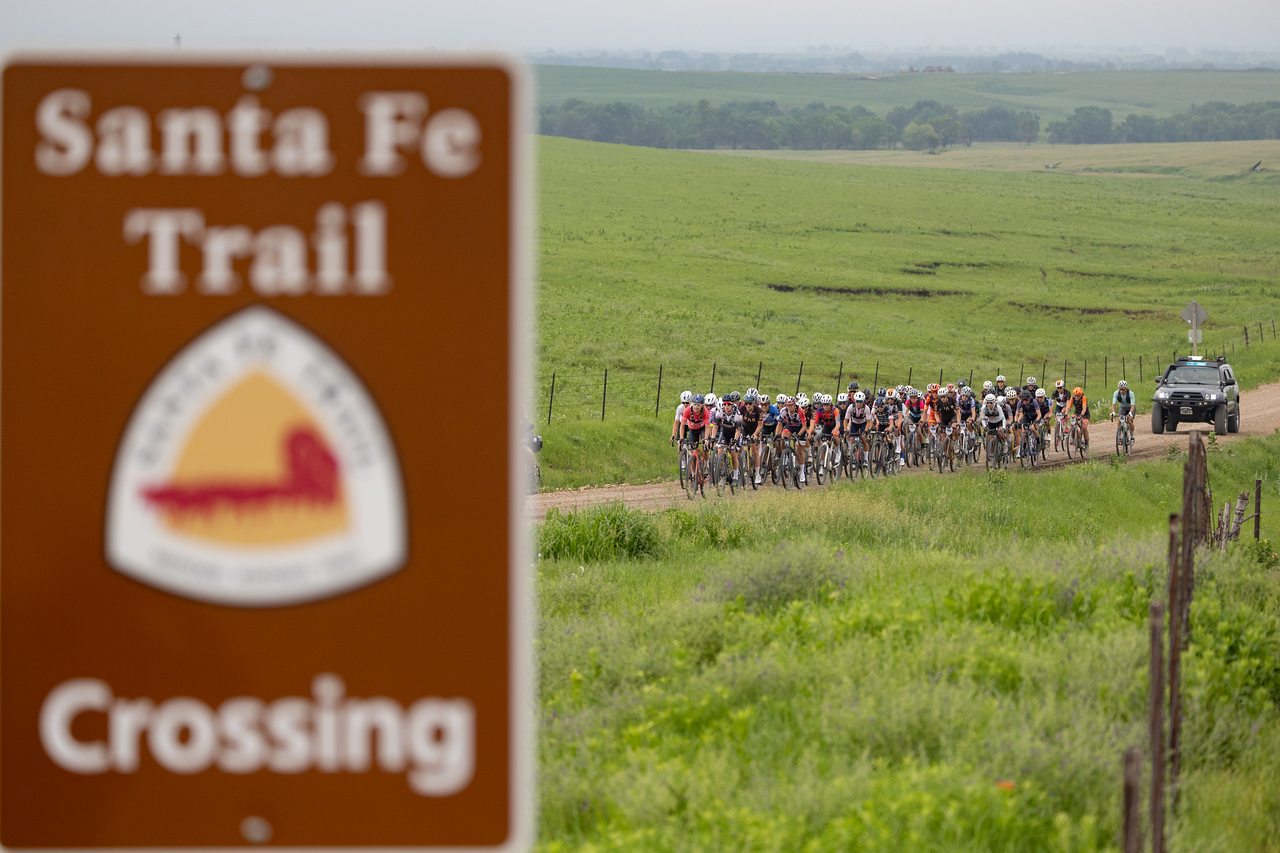Kris McCormack
;)
LA Golf driver: Face ID 10-10
Johnny Wunder/GOLF
If you’ve ever looked closely at the face of your driver, you might’ve noticed it’s not flat. It actually curves side to side and top to bottom. That’s not a design flaw or some fancy aesthetic. It’s called bulge and roll, and it’s one of the most important (and underrated) parts of your driver’s performance.
As a club fitter, I can’t count how many times players come in chasing more distance or less spin, but what they really need is a face that works WITH their swing, not against it. So, let’s break this down like I would if you walked into the fitting bay, driver in hand, wondering why your ball keeps visiting places the mowers can’t even reach.
By:
Jack Hirsh
What is Bulge and Roll?
Bulge is the curvature from heel to toe (horizontally). Roll is the curvature from crown to sole (vertically). Together, they’re responsible for helping your mishits stay in play.
Now, why would you want a curved face? Shouldn’t a flat face be more accurate? Not when you’re swinging a driver at 100+ mph and striking the ball “slightly” off-center. Let’s be honest, not even Tour pros are hitting the sweet spot every time.
How bulge helps you
When we miss the sweet spot, toward the toe or heel, the ball doesn’t just launch in that direction, it also spins sideways (gear effect). Bulge is designed to counteract that.
Assuming you’re a right-handed player, and you miss it on the toe, the face is curved to aim slightly right, so the ball starts right but curves back left with draw spin. Heel strike? Opposite deal… starts left, curves back right. That’s not luck. That’s science.
Without bulge, your miss would just keep going in the wrong direction with zero correction.
How roll influences launch and spin
Roll does a similar job vertically. Hit it low on the face? The face is curved back, so the ball launches lower with more spin. High on the face? The curve leans forward, launching the ball higher with less spin.
Now, here’s the part most players miss… where you tend to strike the ball vertically matters just as much as horizontally.
Let’s say you consistently hit high on the face with a ton of club head speed. Too much roll can drop your spin too low and kill carry. Not enough roll, and you might get that high-launching, spinny floater that balloons and falls out of the sky.

LA Golf Bryson Signature Series Wood Shaft
The Bryson Signature Series features Bryson DeChambeau’s uniquely designed woods and single length irons. Both are produced on LA Golf’s patented 16-sided HD tooling, which has been scientifically proven to enhance feel, performance, and durability.
The Bryson Signature Series wood shaft focuses on stability and accuracy, resulting in a low launching, low spinning, fairway finder. The new design features more feel in the hands and increased workability for a wide variety of swing types.
View Product
Why the right bulge and roll is a fitting priority
Most drivers have a “standard” bulge and roll baked in, usually around 10–12″ radius of curvature. But not all swings are created equal. Some players need a bit more gear effect correction, others need less. And that’s where a good fitter comes in.
As a fitter, I’m looking at three main things:
Strike Pattern – Where do you tend to hit it? High toe? Low heel? All over the place?
Typical Miss – Is your ball starting offline and staying there, or curving back?
Club Head Speed – Faster swings produce more gear effect; slower swings may not activate it enough.
Armed with that data, we can dial in a head that has bulge and roll that works for you, not against you.
How to adjust your driver for max results, according to an expert fitter
By:
Kris McCormack
Custom curves done right
Take the LA Golf driver, for example. This isn’t just a head with a trendy name. LA Golf took things a step further with their Descending Loft Face, a design that subtly adjusts the roll (and therefore loft) from top to bottom. That means the high-face strikes don’t spin out of control, and misses low on the face launch with a bit more juice.
That kind of tech is what we’re talking about when we say, “fit the face to the swing.”
Most golfers obsess over shaft flex and loft, and yes, those matter. But bulge and roll? That’s the face you’re actually hitting the ball with. If you’re serious about getting fit, don’t ignore it. Ask your fitter how your strike location and miss patterns can benefit from a different curvature.
Because when that face shape is matched to your swing, the result isn’t just better dispersion, it results in a more confident swing.
And in golf, confidence might be the most powerful piece of gear in your bag.
Ready to find your next driver? Book your fitting at your local True Spec.
;)
Kris McCormack
Golf.com Contributor
Building on a career that has spanned more than 20 years in the golf industry, McCormack has spent the last six years of his career serving as the Vice President of Tour and Education for True Spec Golf. During that time, he curated the training program for the True Spec fitting staff and pushed for more continuing education curriculum. As well as managing their Tour department and building relationships with a multitude of OEM partners. Prior to joining the True Spec team, McCormack worked with several of the industry-leading manufacturers as a Master level Fitting Professional. In addition to being an instructor and partnering with the Golf Channel Academy as a lead instructor and brand-agnostic Fitting Professional. He has also worked with R&D teams to assist in product design, testing, and development for a variety of gear releases. He is a golf enthusiast and lives in the gear space!


;)
;)













